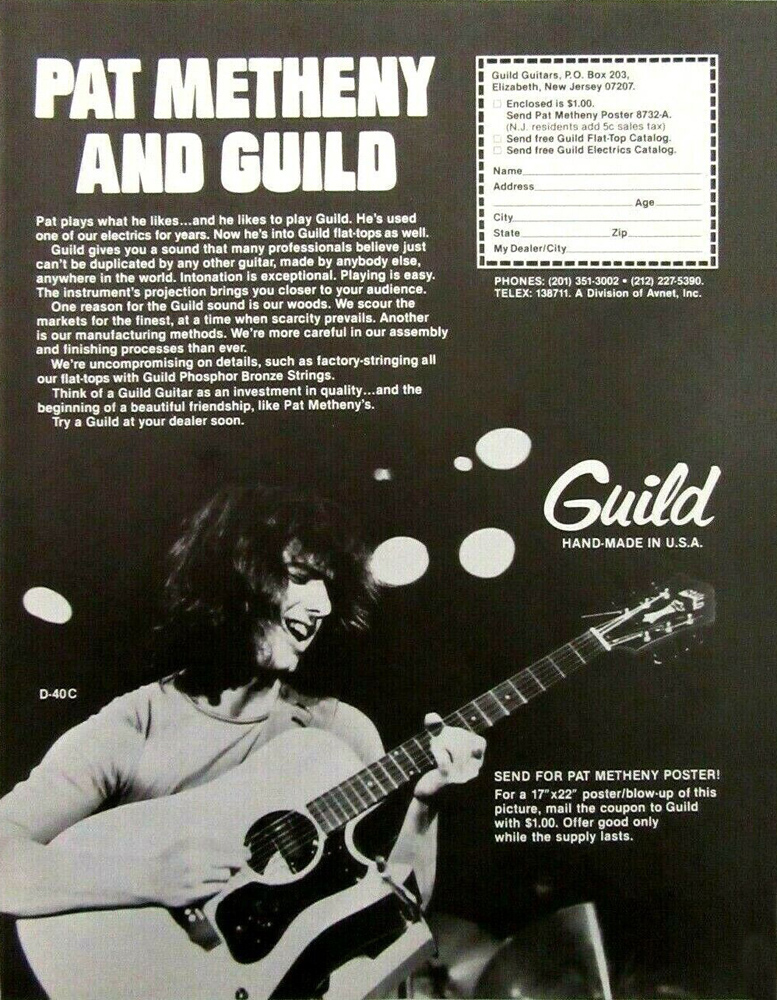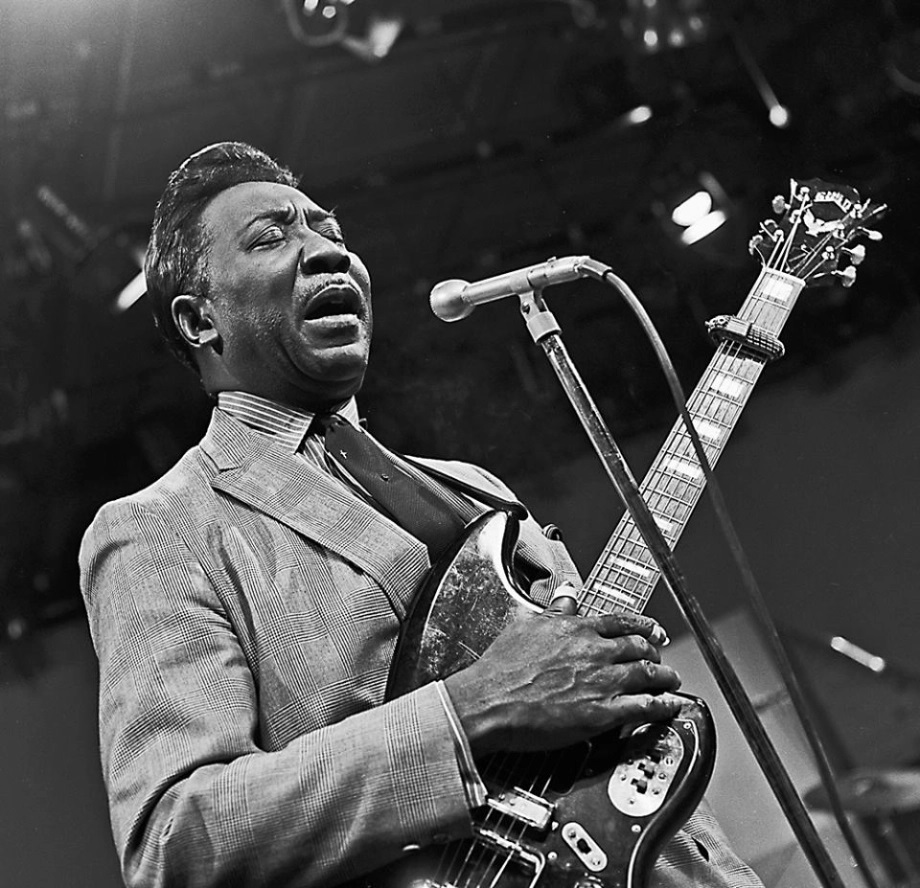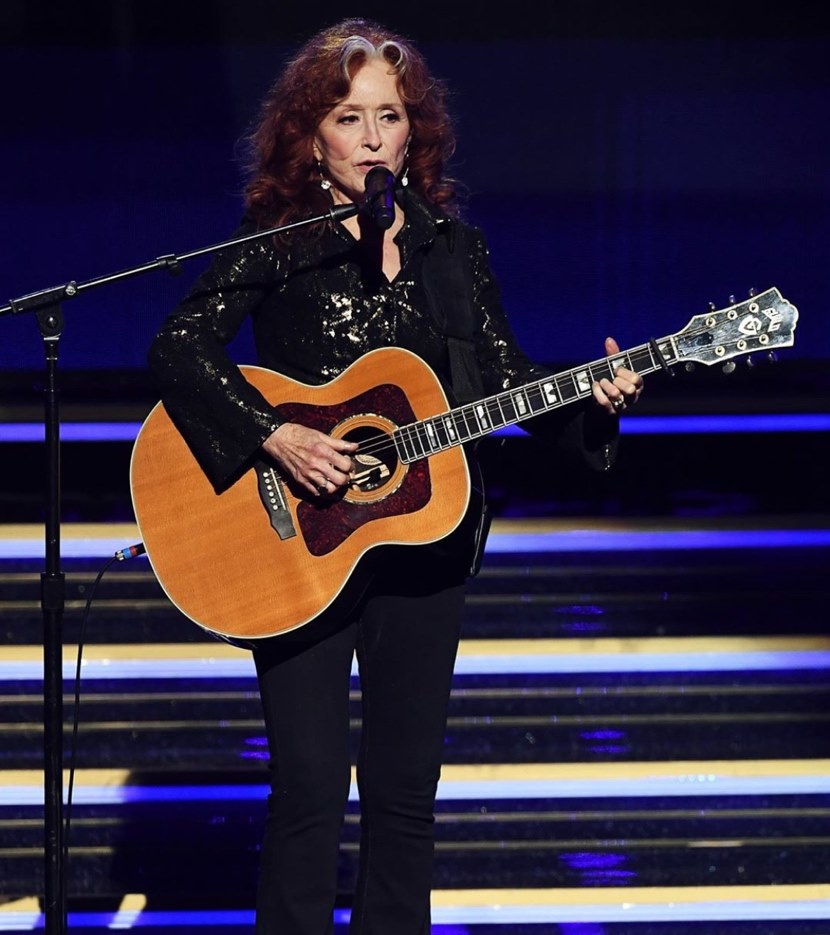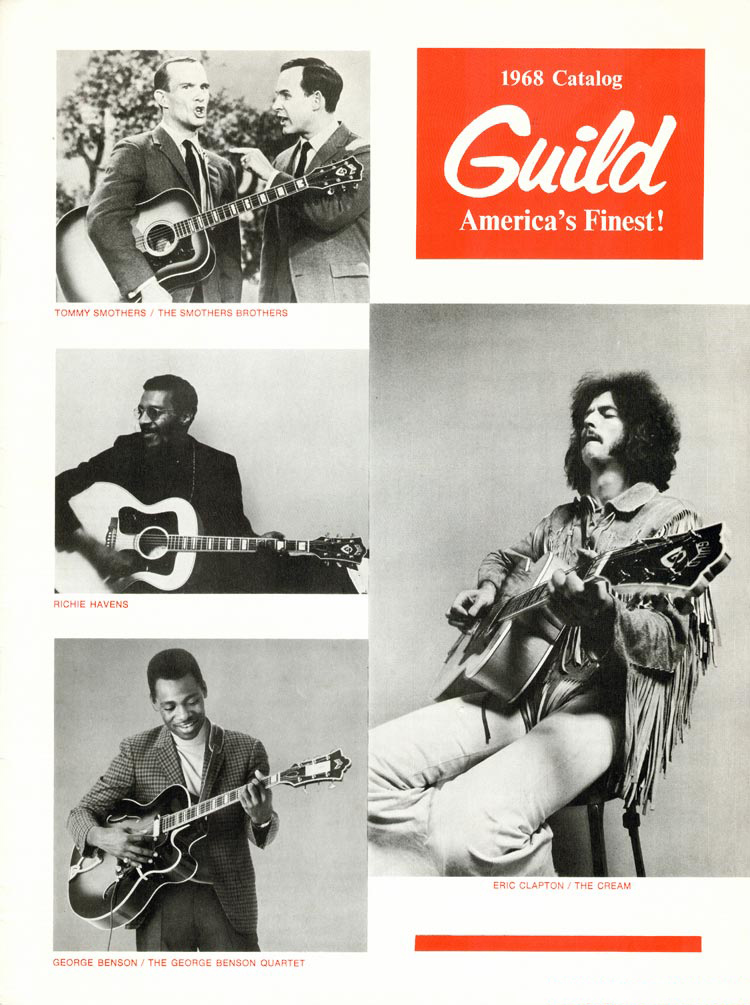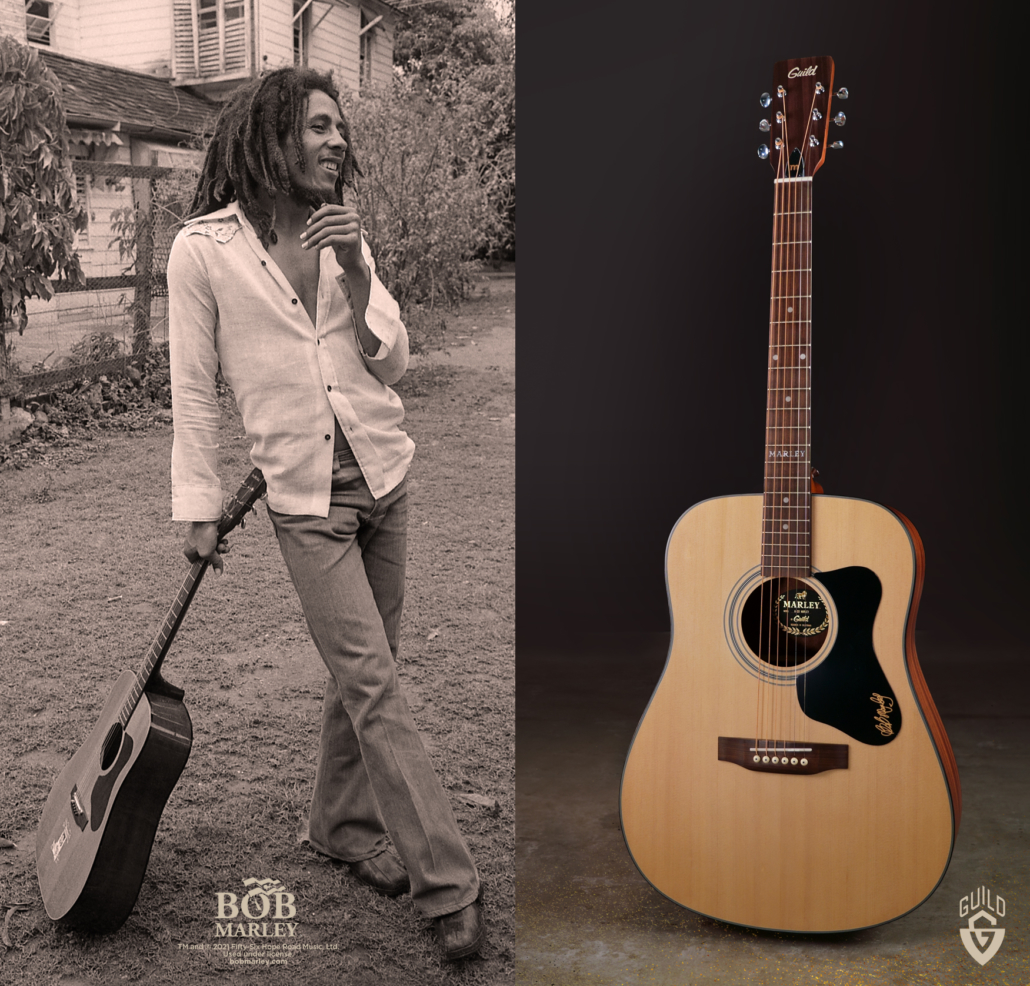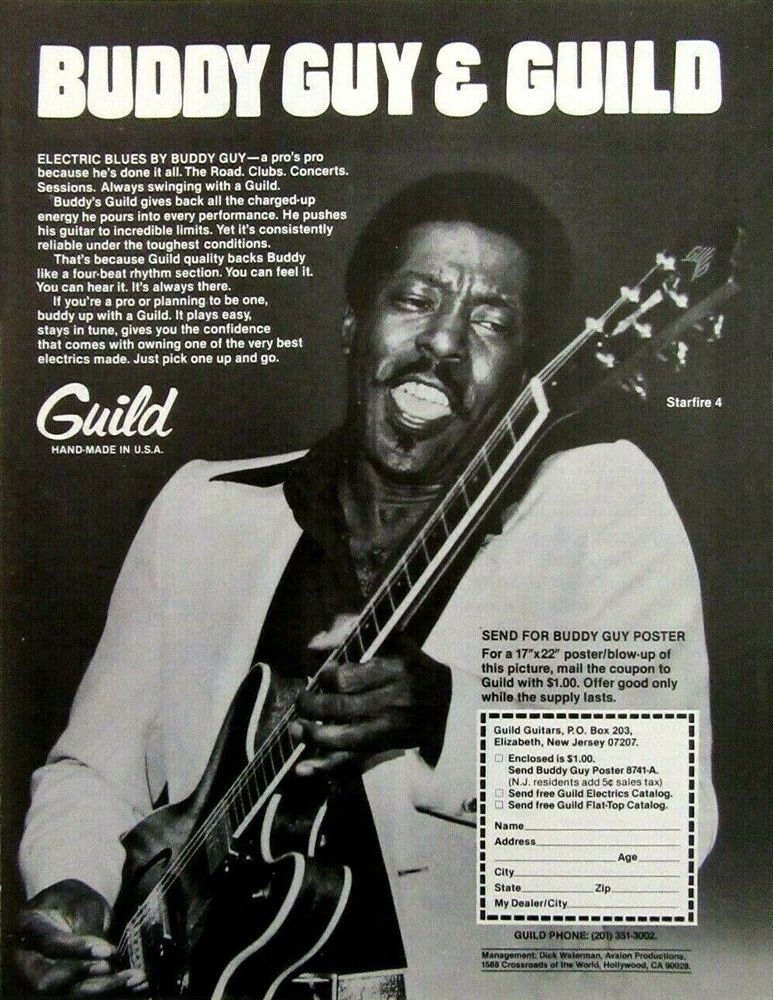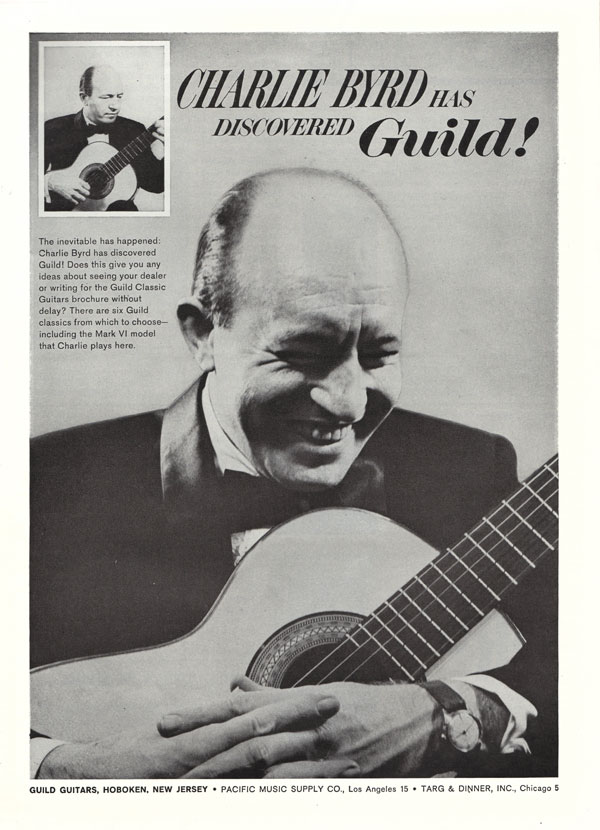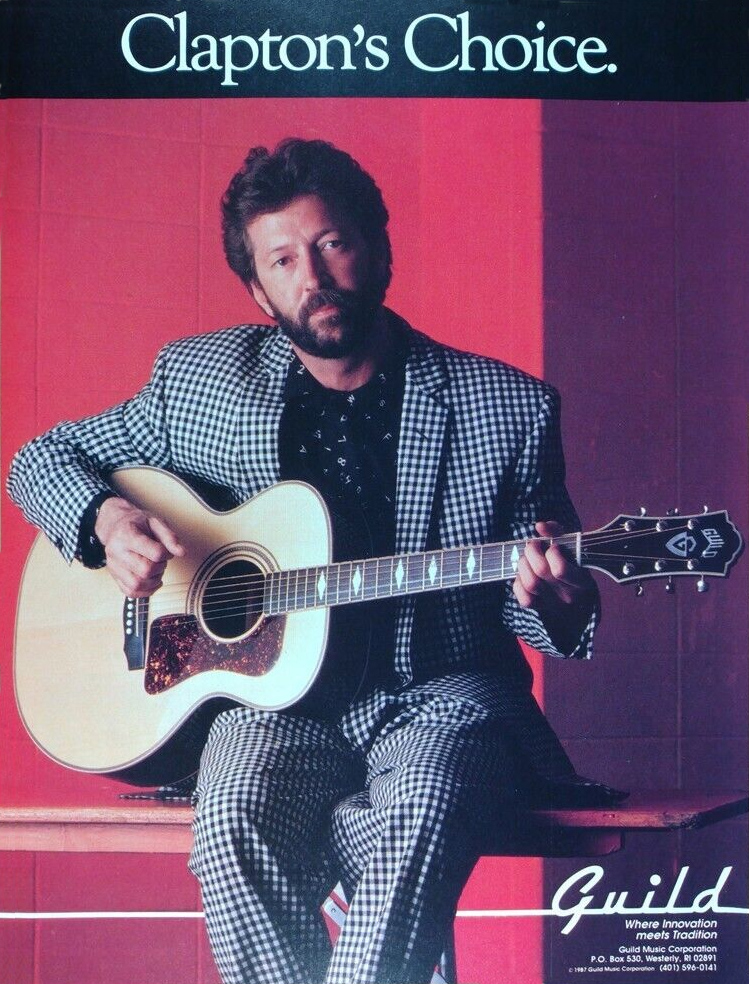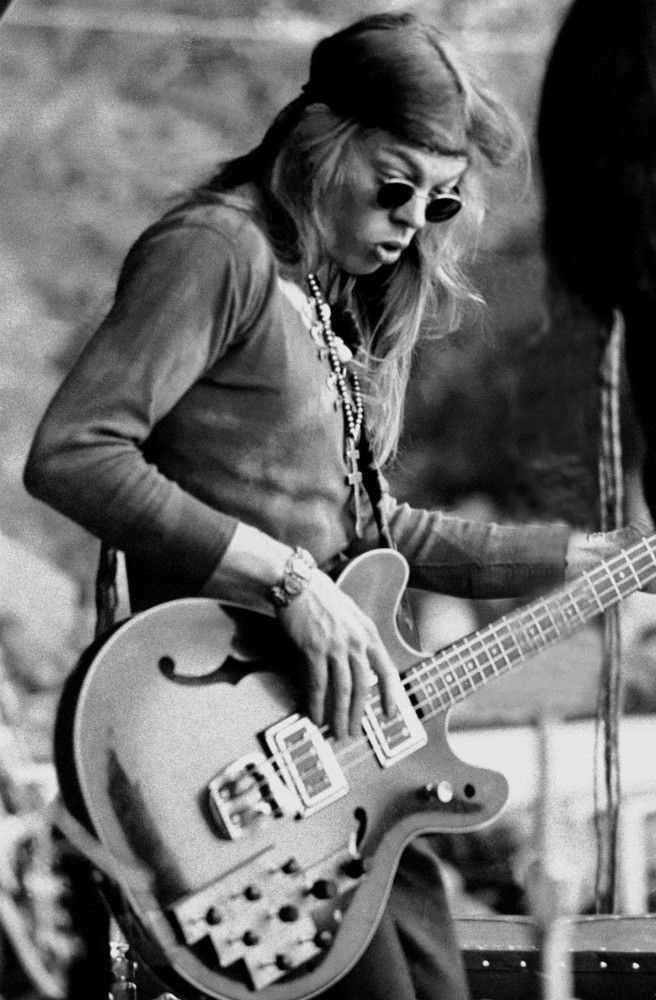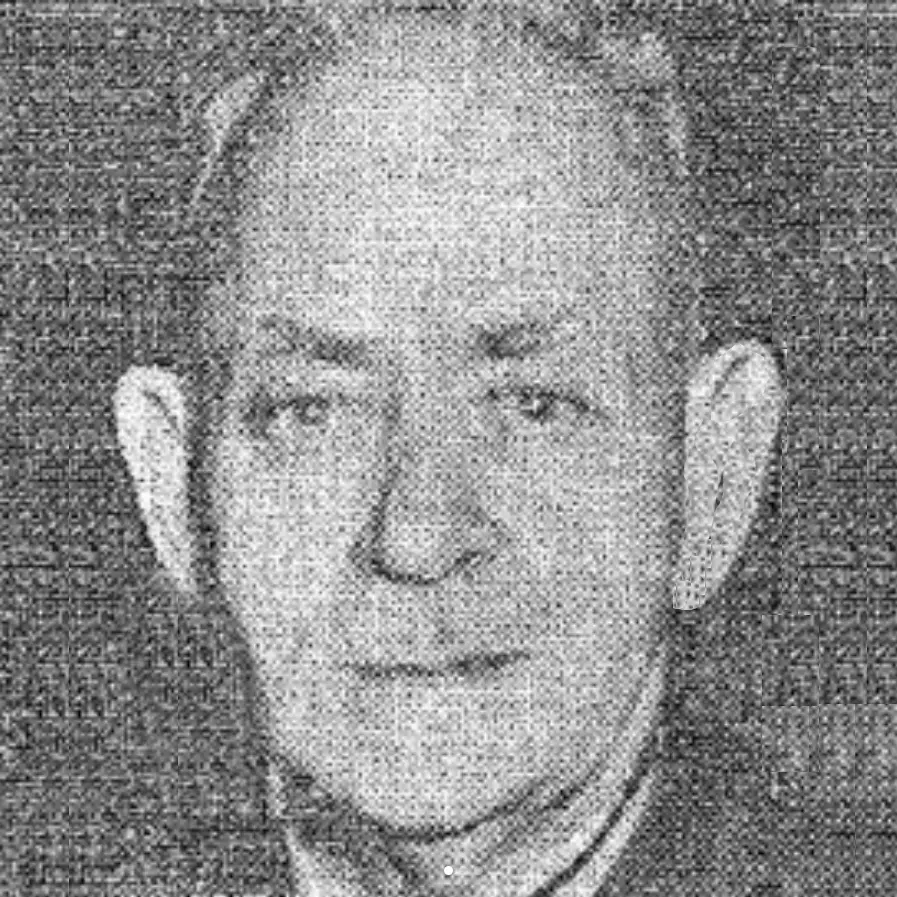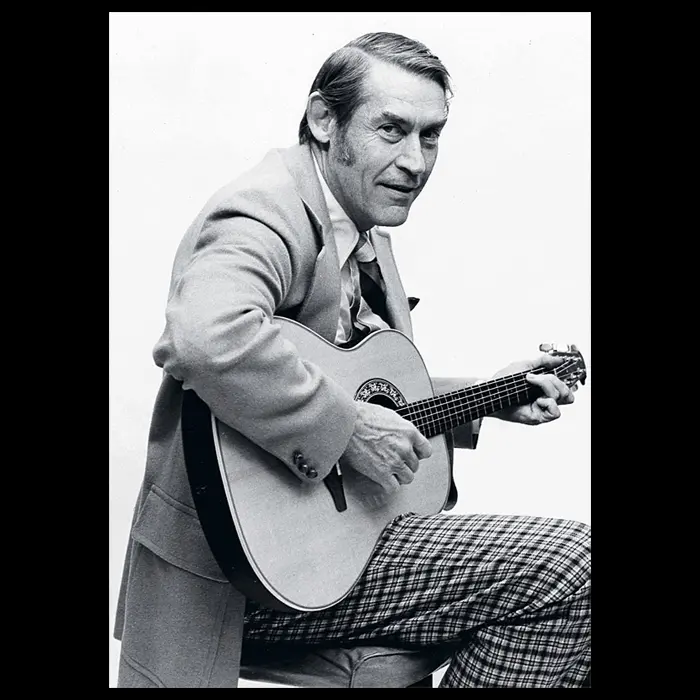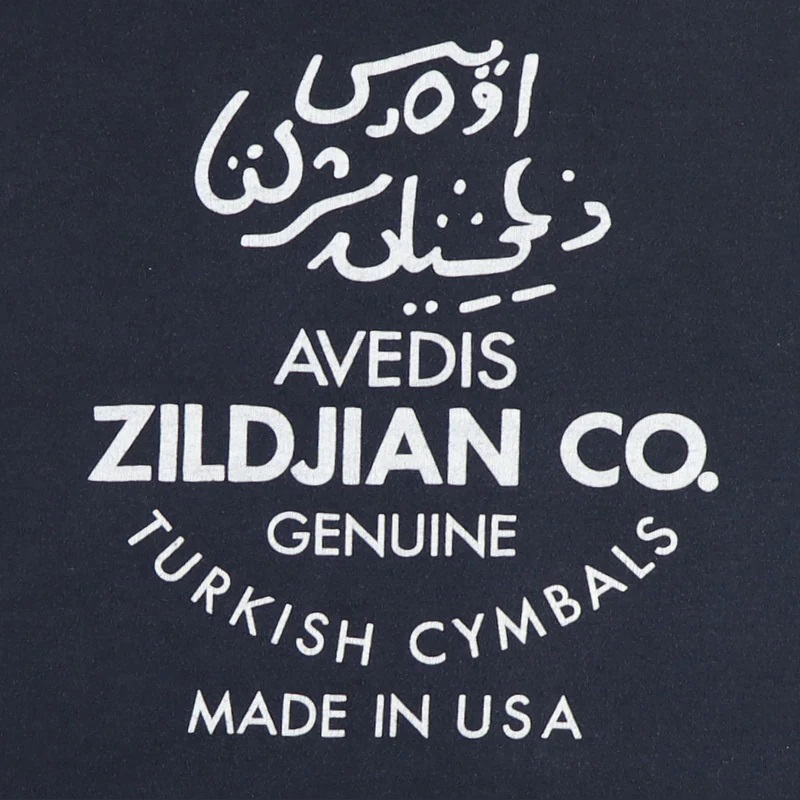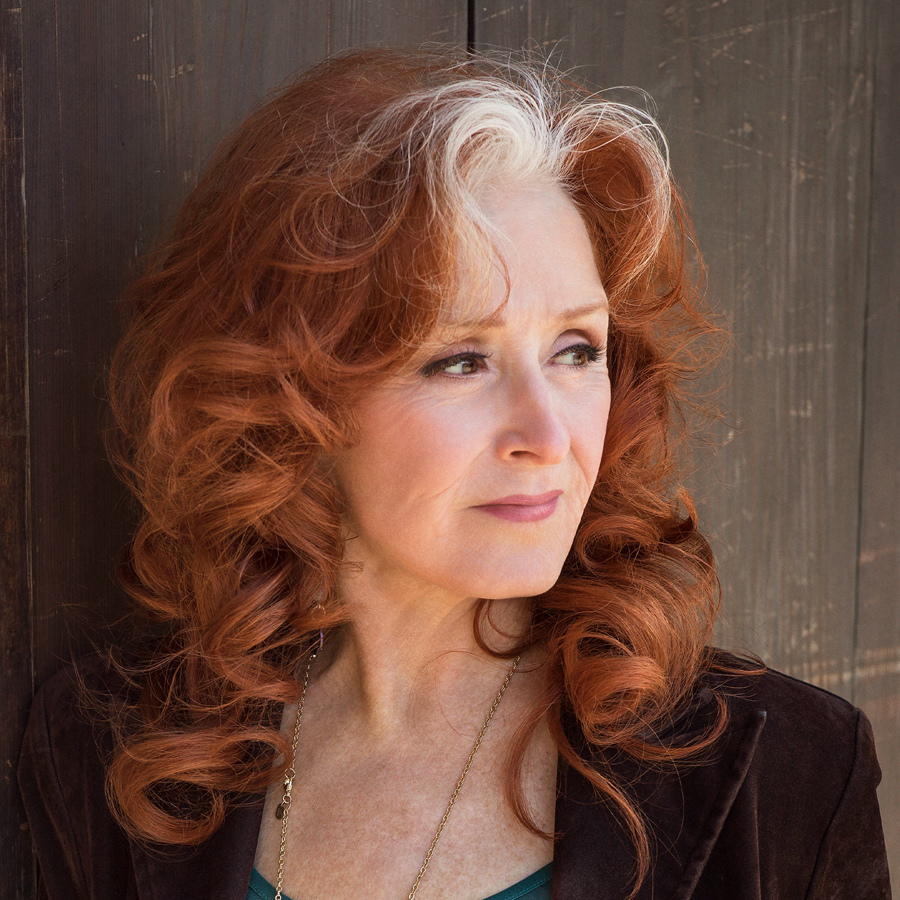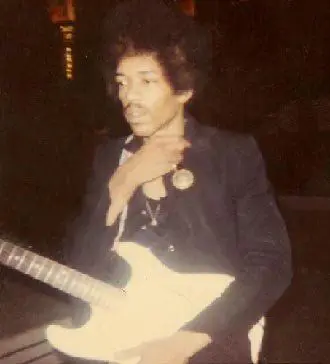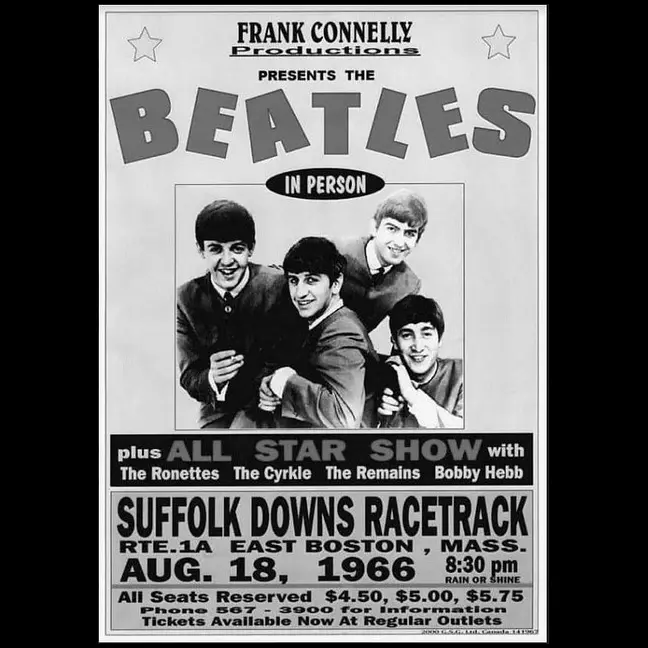Guild Guitars
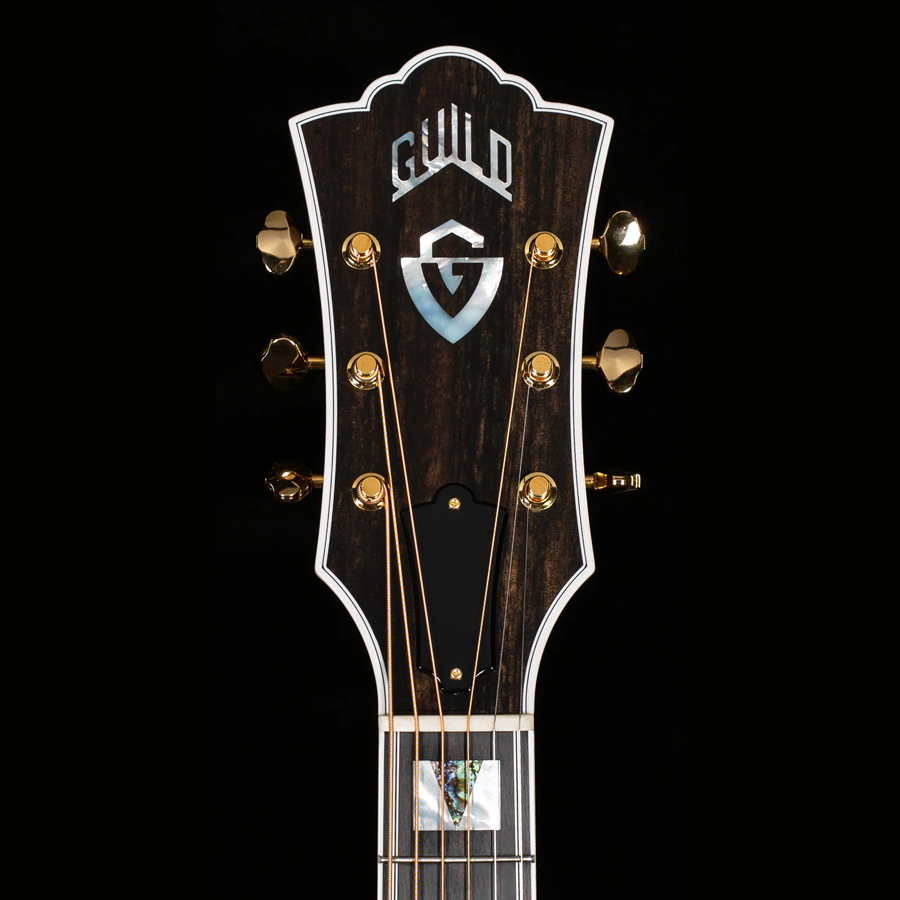
Of all the internationally renowned American guitar brands, only one is equally associated with acoustic and electric models among the general public and in popular culture, Guild, but that’s not the only way in which the company differs from its competitors. Unlike any other maker, the company’s spent over half of its history – four decades, to be exact – designing and producing guitars in New England, becoming a significant part of the region’s instrument-making heritage along with Avedis Zildjian Company, Charles A. Stromberg & Son, Taylor & Auge, Synclavier maker New England Digital and others.
In terms of product line, Gibson is a leader in acoustic guitars but is far better known among non-guitarists for the Les Paul and the SG, introduced in 1952 and 1961 respectively; Fender’s earliest guitars were electric and the company is most famous for models it introduced in the ‘50s, notably the Telecaster, the Stratocaster and the Jazzmaster; Epiphone and Gretsch manufacture acoustics and electrics but became best known for the latter after The Beatles, Duane Eddy, Chet Atkins, Bo Diddley and other stars played them; Rickenbacker has produced almost entirely electrics, though it introduced some acoustics in the ‘50s and ‘60s; and C.F. Martin and Ovation have focused almost exclusively on acoustics, though both produced some electrics in the ‘50s, ‘60s and ‘70s.
Guild, on the other hand, has been widely known among non-guitarists for its acoustic and electric models since its founding in 1952. One of its first models was the X-175, a hollow-body electric that jazz and rock players alike made their instrument of choice, and the company expanded into the flat-top and archtop acoustic markets later in the ‘50s. Its D-40 and D-45 acoustics were extremely successful during the folk revival of the ‘50s and ‘60s, competing with Martin’s D-18 and D-28, and in 1964 it introduced the Jetstar, a low-priced solid-body electric that was a hit with the burgeoning mob of cash-strapped teenage rockers.
As for New England roots, Guild’s first facility in the region opened in 1967 in Westerly, Rhode Island and the second opened in New Hartford, Connecticut in 2008. The 34 years in Westerly are considered a golden era for the company in terms of innovation, craftsmanship and quality, and in 2015 Guild introduced its Westerly Collection of all-solid acoustics to pay tribute to that period. “I think most people see the Westerly years as the foundation of really growing Guild and creating the brand that it is today,” said Matt Kanjo of Cordoba Music Group, Guild’s parent company from 2014 to 2023, in a 2021 interview with WJAR’s R.J. Heim.
FOUNDING, 1950S/’60S EXPANSION, PRODUCTS, ENDORSEMENTS
Guild’s backstory begins in 1945, when Alfred Dronge, a classical guitarist and banjoist who emigrated to the US from Poland at age five, opened the musical instrument retail/repair shop Sagman & Dronge at 130 Park Row in Manhattan with his business partner, Barney Sagman. They sold new and used products but specialized in the latter and repaired or restored them before resale, which allowed Dronge to develop a keen eye for the differences between an average-quality instrument and an exceptional one. In 1947, he bought Sagman’s share of the shop, renamed it Alfred Dronge Music and started importing Sonola accordions from Itay. The idea worked so well that he closed the shop in 1948 to focus on importing, founded The Sonola Accordion Company at 220 Fourth Avenue and made a small fortune over the next several years.
Dronge’s more lasting legacy started in 1952, when he partnered with George Mann, a former executive at Epiphone, to establish Guild, registering the name in October that year. Their first models were full-depth hollow-body electrics for two reasons: first, Dronge loved jazz and was personally interested in serving that market, which the hollow-body style did; second, the sudden popularity of solid-body guitars had shifted Gibson’s and Fender’s focus away from hollow-body ones, which gave Dronge and Mann an opportunity to fill pent-up demand for such models.
Dronge and Mann set up shop in a 1,500-square-foot space at 536 Pearl Street in Manhattan in the midst of two communities that were essential to the new company’s growth: first, experienced craftsmen from the nearby Epiphone and Gretsch factories; second, the parade of guitarists that played practically 24/7 at live venues and in recording studios in the neighborhood. Much of Guild’s original workforce consisted of former Epiphone workers who’d lost their jobs after their 1951 strike or following the company’s relocation from Queens to Philadelphia in 1953, and Dronge and Mann consulted with guitarists in the area about how to make better products.
The Dronge-Mann partnership dissolved after a year, with Dronge continuing as Guild’s sole proprietor. Seeking to create the most innovative and attractive guitars on the market, he hired three men who became known colloquially as “the Three Amigos” and remained with the company for the next 25-odd years: Francesco Carlo Greco, a renowned Italian luthier; former Gretsch employee Gilbert Diaz, who oversaw final assembly; and finishing specialist Fred Augusto. By 1957, Guild had 15 employees, was producing between 100 and 120 guitars per month and was officially endorsed by acclaimed players including Johnny Smith, Don Arnone, Carl Kress, Barry Galbraith, Burt Weedon, George Barnes and Duane Eddy. Needing a larger facility, Dronge moved the company into the former R. Neuman Leathers building in Hoboken, New Jersey that year; some reports said his choice of location was partially to avoid potential conflicts with union workers in New York City. While the relocation led to Guild losing some former Epiphone staffers, the core team of Diaz, Greco and Augusto remained.
Between the late ‘50s and mid-‘60s, as rock and folk replaced jazz on radio the in the hearts of America’s youth, Guild’s business boomed, aided by a number of iconic blues artists who didn’t officially endorse the brand but played Guilds on stage, including Mississippi John Hurt, Muddy Waters, Josh White and Buddy Guy. The company began making classical guitars during this period and also launched its now-famous dreadnought series (D-40, D-50 and, later, D-55) and Grand Concert “F” models, the latter of which became popular with folk-blues players such as Dave Van Ronk. To keep up with changing tastes that leaned toward rock, Guild started making solid-body electrics like the S-100, which it produced from 1963 until 1978.
AVNET ACQUISITION, MOVE TO WESTERLY, DRONGE’S DEATH
In 1966, Phoenix-based Avnet Corporation acquired Guild, leaving Dronge at the helm to oversee production. With the Hoboken factory having expanded as much as it could, in 1967 they moved production to a 55,00-square-foot former furniture factory in Westerly, Rhode Island, where it remained for the next 34 years, employing 120 staff and producing as many as 60 guitars per day at its peak. Avnet kept the Hoboken site as the main business office, with Dronge, a licensed pilot, commuting between there and Westerly by private plane. The unconventional arrangement worked perfectly well until May 3, 1972, when he went down in heavy weather during a solo flight, crashing near the airport in Groton, Connecticut and dying instantly at age 60. Replacing Dronge was Leon Tell, who later spearheaded development of the company’s first dreadnought acoustic with a cut-away, the D40-C, designed by Rick Excellente and copied by virtually every guitar manufacturer ever since.
During the five years between moving to Westerly and Dronge’s death, the folk revival ended, a new breed of folk-rockers and rockers came to prominence and Guild moved aggressively into the electric market with its Starfire line of semi-acoustics and semi-solids. The company became more renowned than ever among non-guitarists after Richie Havens opened Woodstock on August 15, 1969 playing a D-40; other well-known artists who performed on Westerly-made Guilds in the ‘60s and ‘70s included Paul Simon, Jerry Garcia, Phil Lesh, Zal Yanovsky, Jack Casady, Bob Marley, Barry Gibb, Stephen Stills, Nick Drake, John Denver, Tommy Shaw, John Oates and Robbie Robertson. Jimi Hendrix reportedly bought a left-handed F-212 12-string made in Westerly at Manny’s Music in New York City in 1970.
In the 1980s, the Westerly plant produced Guild’s Superstrat series of solid-bodies (the Flyer, Aviator, Liberator and Detonator), the Telecaster-style T-200 and T-250 and the Pilot bass, among other models. While a number of industry analysts have cited the decade as a period of reduced quality among American instrument makers, many have said Westerly facility was a glaring exception to the rule. According to Bill Colwell, a former plant engineer at Guild in Westerly, maintaining meticulous craftsmanship was always the top priority. “Everybody did their own one little piece of the job and we all knew that we were building something special,” he told WJAR’s Heim in 2021. “It wasn’t like any other place I’d ever worked. It was craftsmanship, building a very unique product.” Among the notable artists who played Westerly-made Guilds in the ‘80s and ‘90s were Stevie Ray Vaughan, Roy Buchanan, Slash, David Byrne, Joe Perry, Kim Thayil, Billy Joe Armstrong, John Prine, Tom Petty and Bonnie Raitt.
FENDER ACQUISITION, WESTERLY CLOSING, NEW HARTFORD FACILITY
In 1995, Fender Musical Instruments Corporation acquired Guild and in late 2001 the new owners closed the Westerly facility, citing climate control and workflow issues as the main reasons. All production was moved to Fender’s headquarters in Corona, California until 2004, when Fender acquired Tacoma Guitar Company, moved production of all Guild acoustics to the Tacoma site in Washington and stopped making Guild electrics in the US altogether. In 2008, after acquiring Connecticut-based Ovation maker Kaman Music Corporation, Fender moved production of all US-made Guild acoustics to New Hartford, where it remained for six years. Production began in 2009 with the D-55 and F-50 models and later included the Traditional Series of acoustics and acoustic-electrics, the Standard Series of acoustics and acoustic-electrics and the GSR Series (for “Guild Special Run”), which feature unique designs, wood selection and ornamentation.
In early 2014, Fender shuttered the New Hartford site, moving all Ovation production overseas and selling the Guild brand rights to the Cordoba Music Group, which transferred all US manufacturing to Oxnard, California. Cordoba started production in 2015 and in May that year it introduced the Westerly Collection, a series that celebrates Guild’s three-plus decades in the Ocean State, which are considered the company’s “glory days” by countless guitarists the world over. In February 2023, Yamaha Guitar Group purchased Cordoba, becoming Guild’s fourth corporate parent since Alfred Dronge’s tragic death five decades before.
(by D.S. Monahan)

